A very interesting discussion started here and I guess there is so much to share.
@Maarten mentioned that some modelers are using brass nails.
In general we should devide the use of treenails also into the area, where at the boat / ship the
treenails and / or
bolts are / were used!
We have at our models f.e.
1) the structural connections with nails and bolts at frames (futtocks, chocks, floor timbers etc.), knees at the beams, scarves at the keel elements, riders etc.
2) nails and bolts of the hull planking
3) nails of deck planking (here devide with or without capping)
In addition we have also to have a look at which Navy and in which time the ship was sailing.
1) a lot of these connections were done with copper or iron bolts, sometimes these were up to 2m long
Take a look at the USS Constitution
https://ussconstitutionmuseum.org/2016/02/17/bolt/
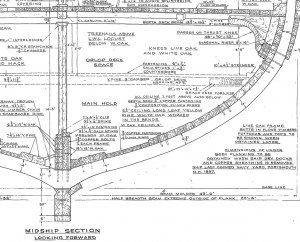
I am at work now, but as I remember from the Boudriot books of the 74-gun ship, the french had appr. 70 tons of iron, brass or copper bolts installed in such a ship. I will try to make a photo of an example asap
But also wooden nails were used for structural connections
2) The outside hull planks of most of the french ships were connected to the framing with 50% metalic bolts and 50% wooden treenails, the british as I know were using only wooden treenail connection - so also here, and a lot of the french modelers are using brass wire to show the nailing.
Here some photos from Rochefort of french built models showing this
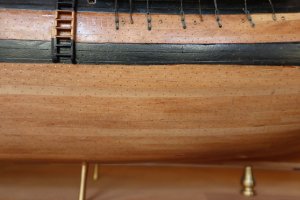
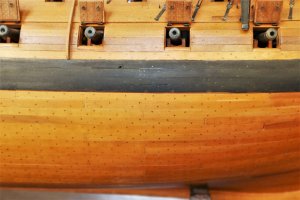
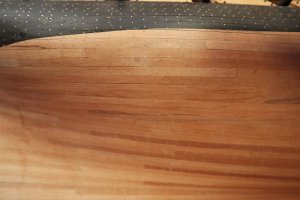
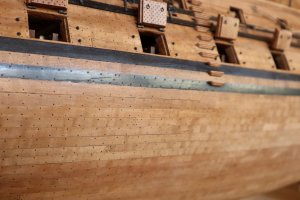
The french likes very much the brass nails, also sometimes on decks






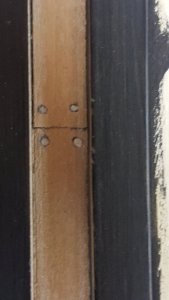
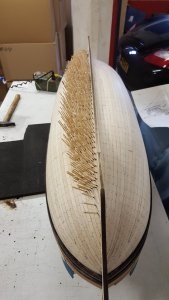
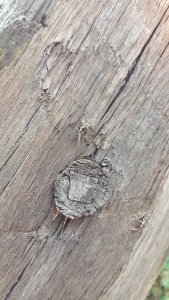
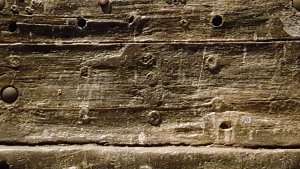
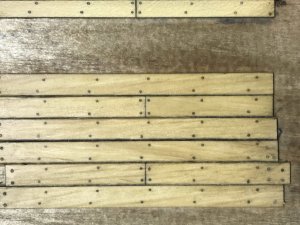
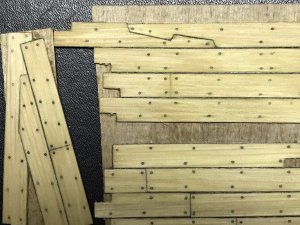
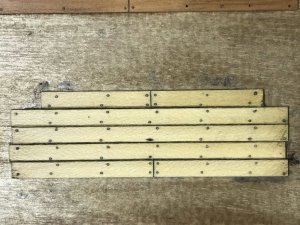
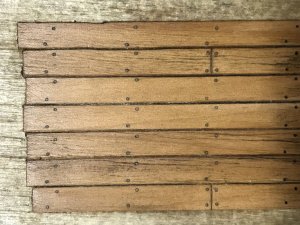
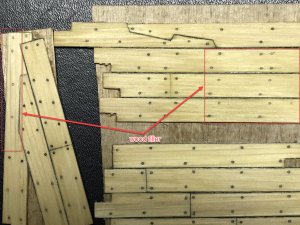
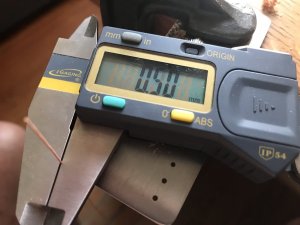
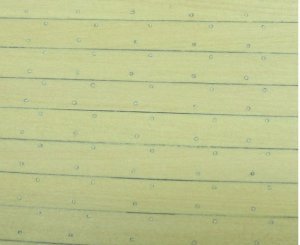
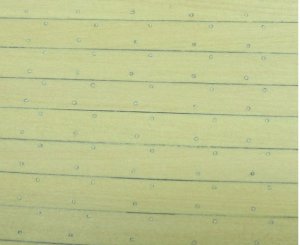





![DSC_0323[1].JPG DSC_0323[1].JPG](https://shipsofscale.com/sosforums/data/attachments/48/48770-16803927ad1de5f8d36ccaa6fe9393fe.jpg?hash=FoA5J60d5f)